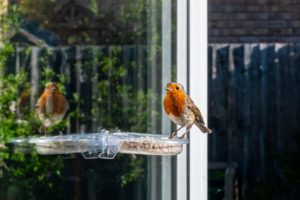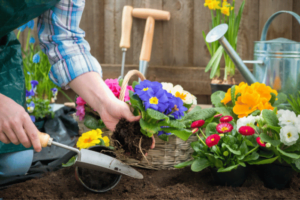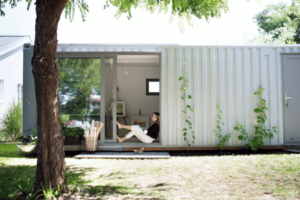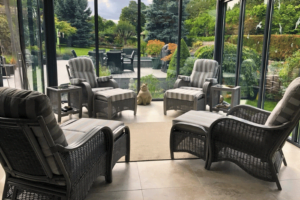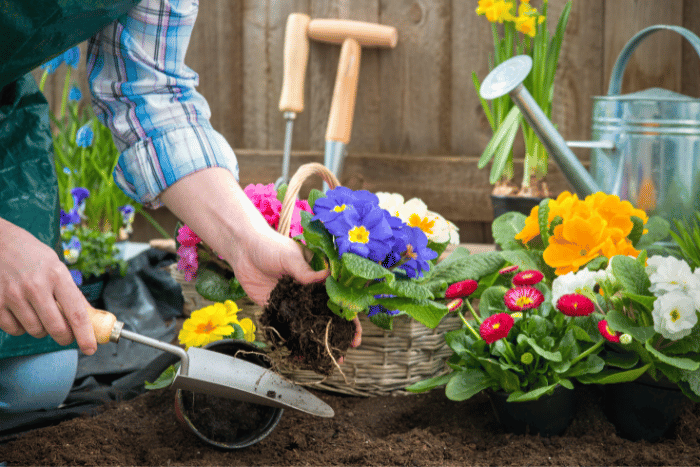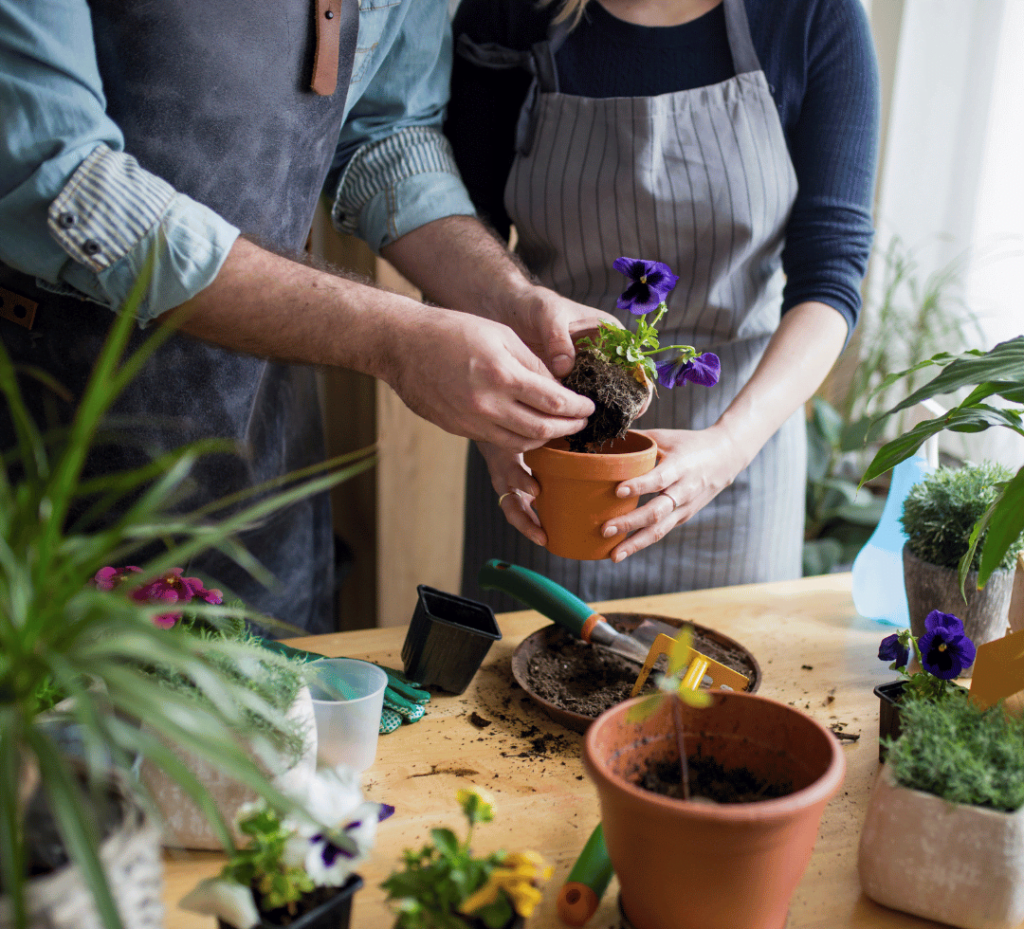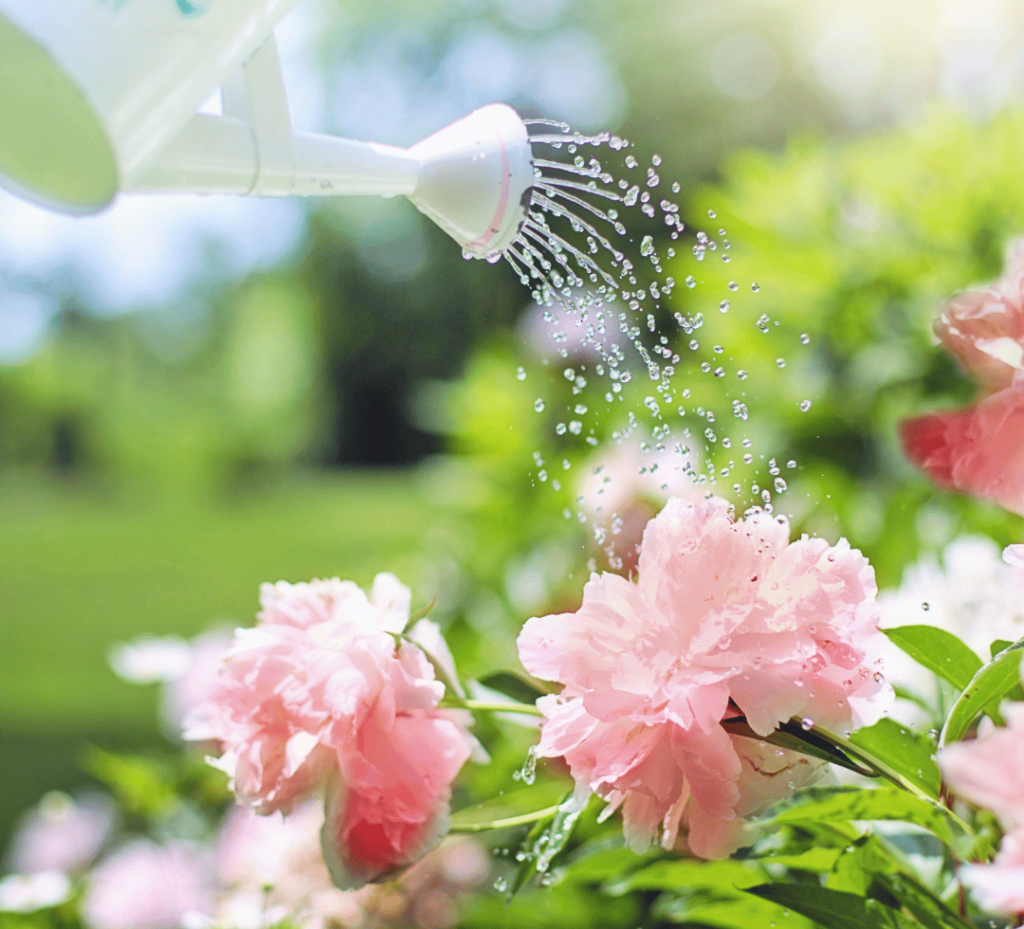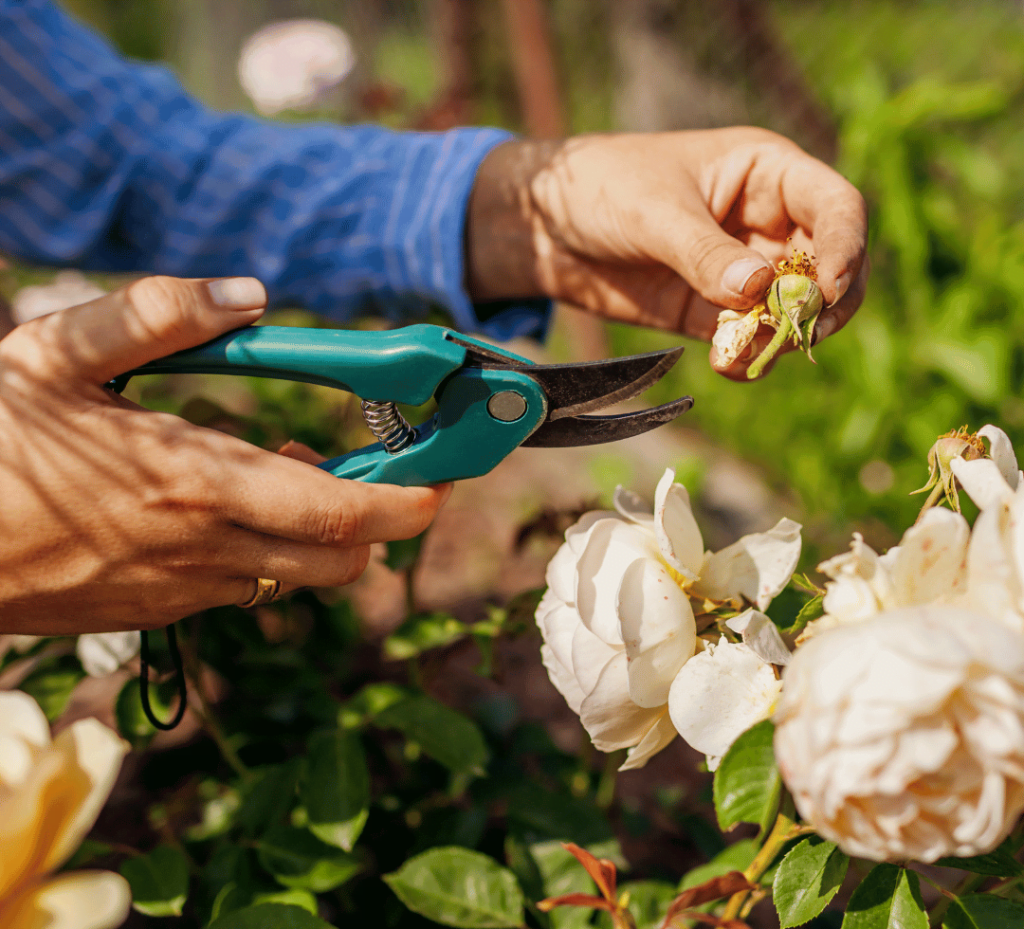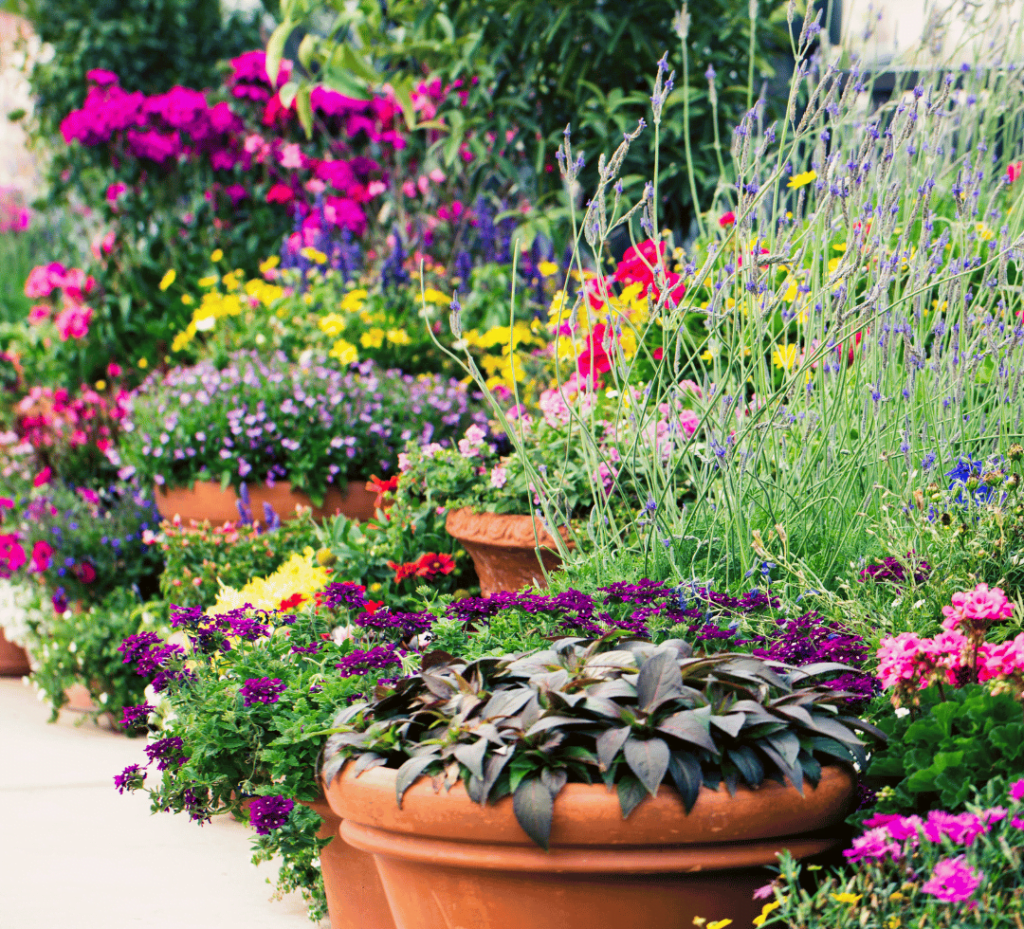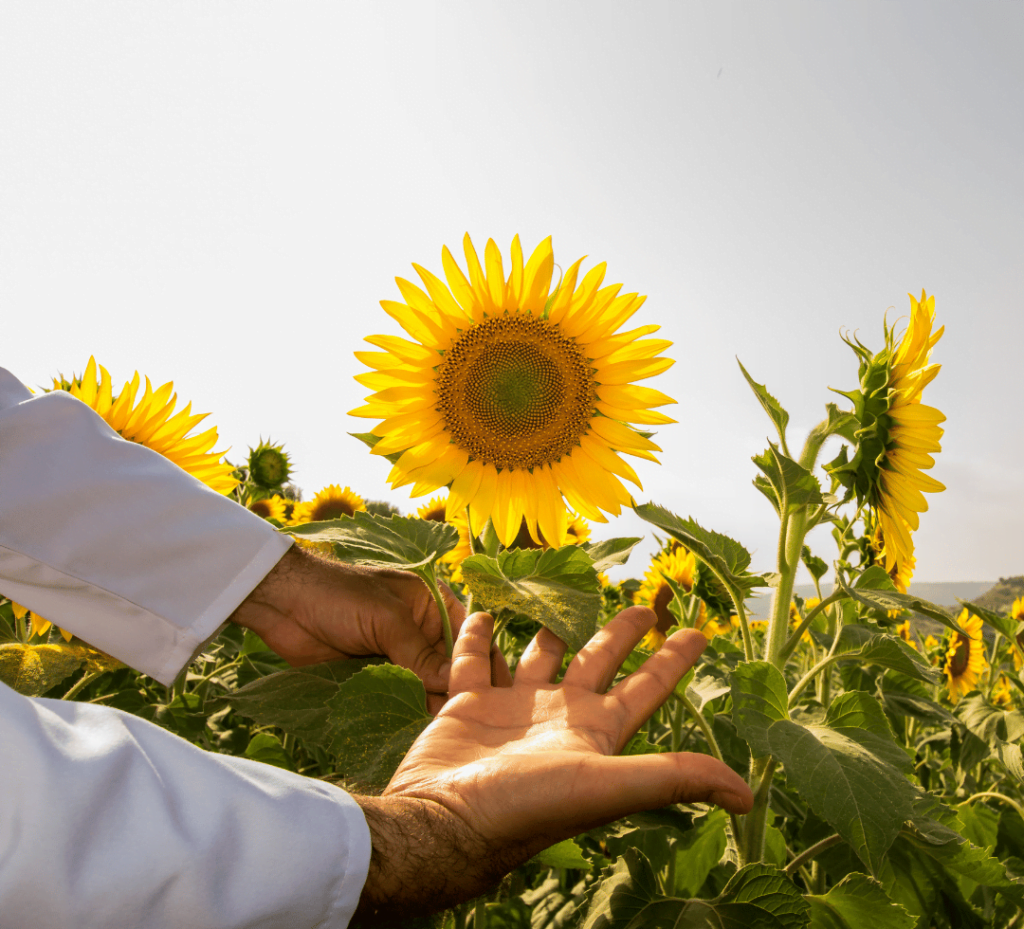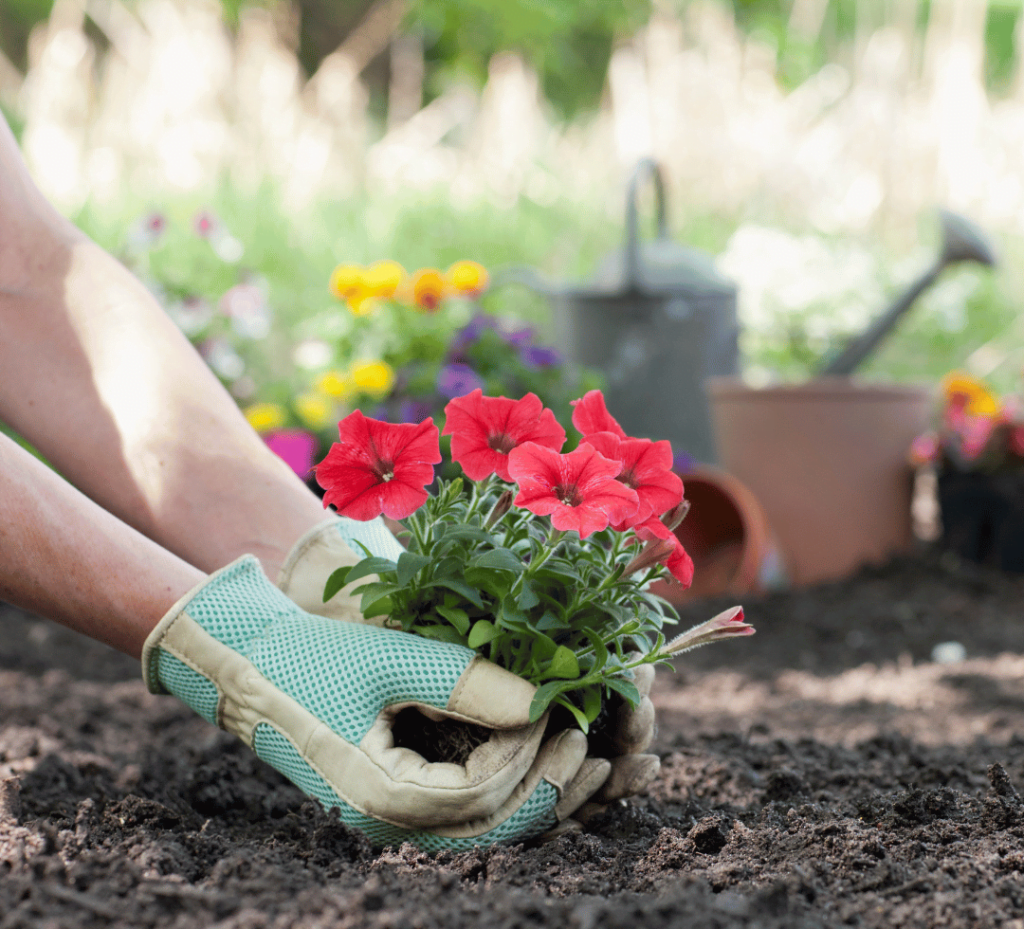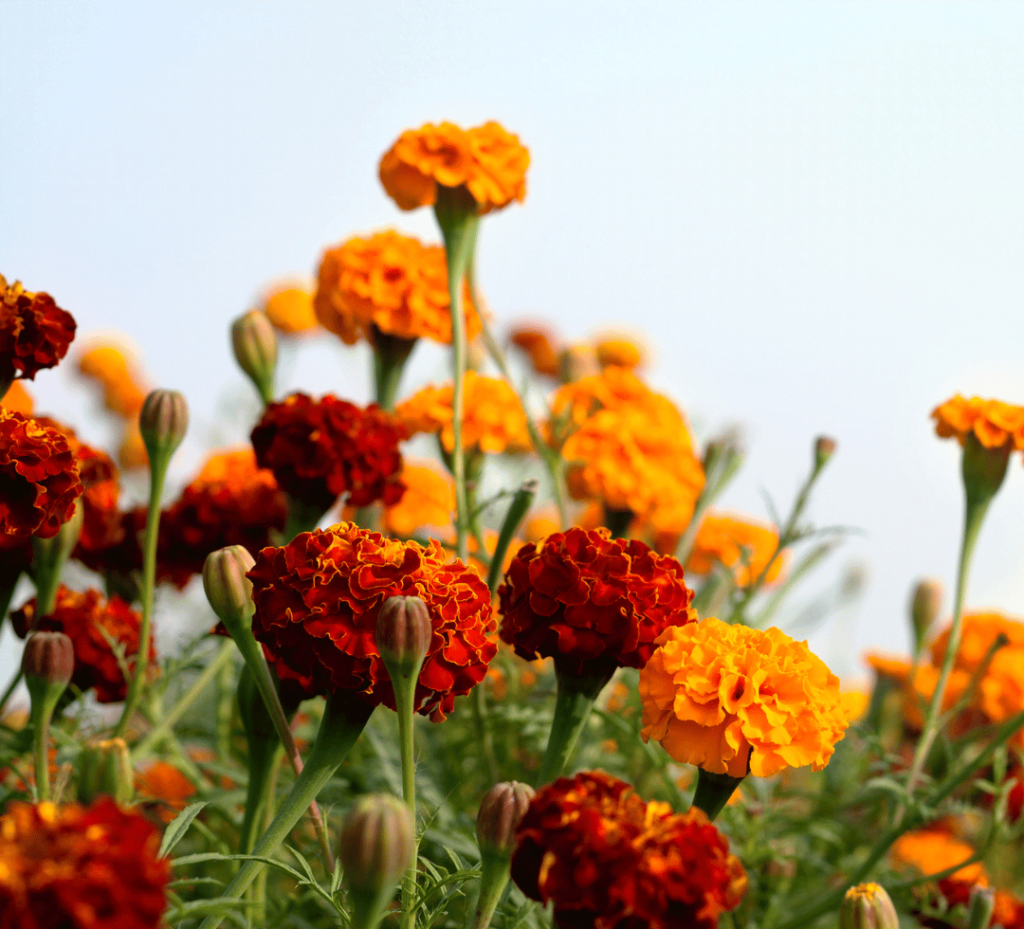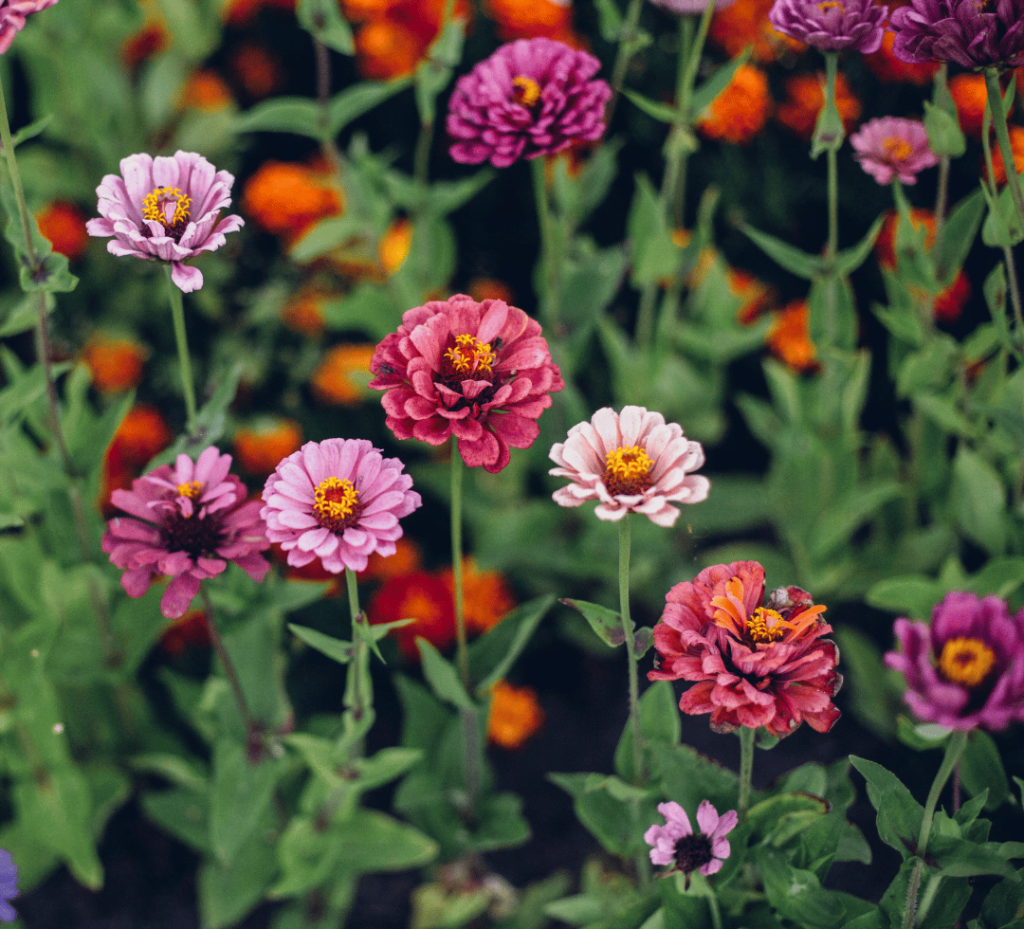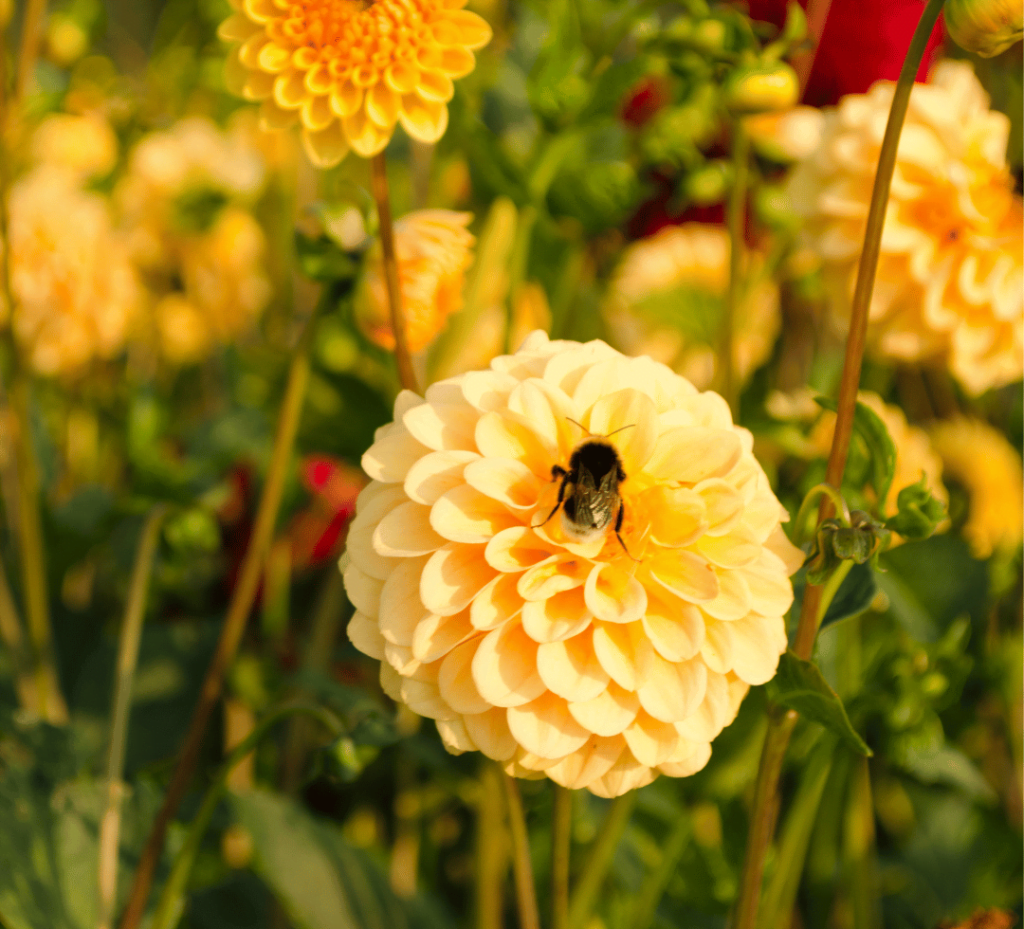Celebrating Garden Wildlife Week in the UK: Some advice from our local plant expert at City & Bloom Manchester
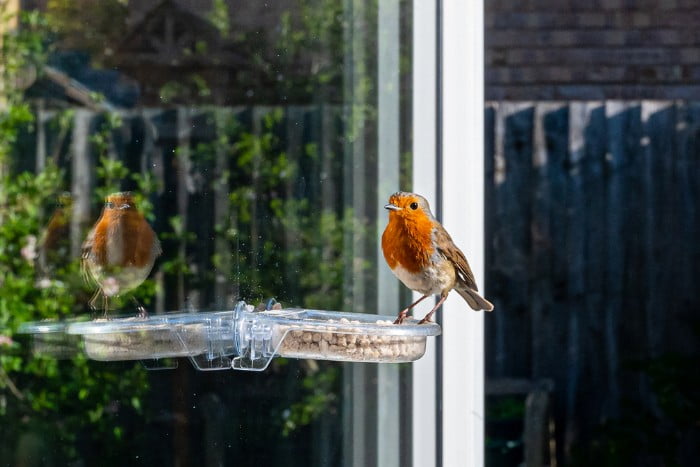
Celebrating Garden Wildlife Week in the UK:
Some advice from our local plant expert at City & Bloom Manchester
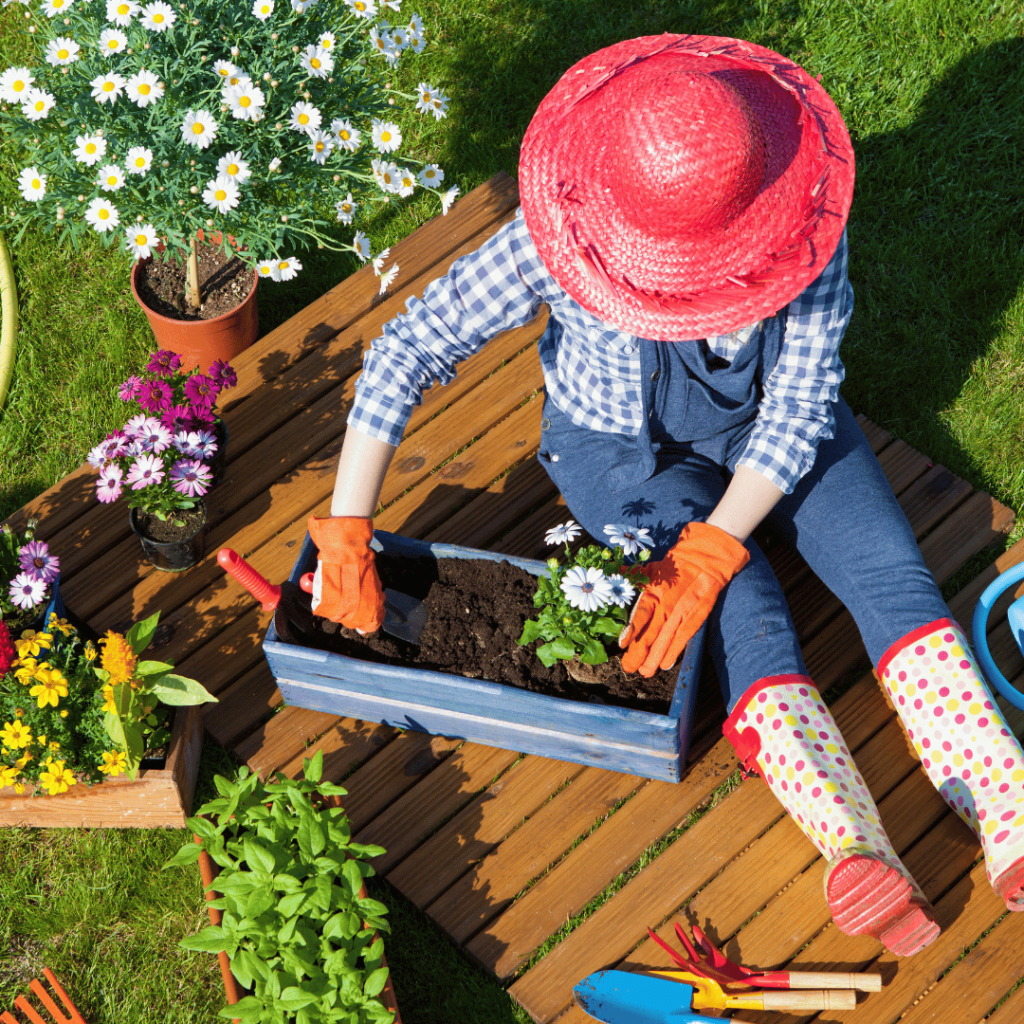
It’s Garden Wildlife Week in the UK, a time to celebrate and appreciate the incredible biodiversity that can thrive in our very own backyards. From chirping birds and fluttering butterflies to buzzing bees and curious hedgehogs, our gardens have the potential to become vibrant havens for wildlife.
We spoke with Mark Thorley from City & Bloom, a vibrant initiative in Manchester that celebrates the beauty of urban gardening and brings the community together through the transformative power of plants; they gave us advice and some tips on how we can encourage more wildlife in our own personal outdoor spaces.
Join us as we embark on an exciting journey to explore the wonders of garden wildlife and learn how we can make a positive impact on the natural world around us.
1) How can I create a wildlife-friendly habitat in my garden using plants?
To create a wildlife-friendly habitat in your UK garden, focus on planting native species that are well-suited to the local climate and soil conditions. Native plants provide food sources and shelter for UK wildlife. Incorporate a mix of trees, such as oak, birch, and rowan, which offer nesting spots and food for birds.
Plant native wildflowers like foxgloves, primroses, and meadow cranesbill to attract pollinators and provide nectar sources. Include shrubs like hawthorn, blackthorn, and dogwood, which offer berries and nesting sites.
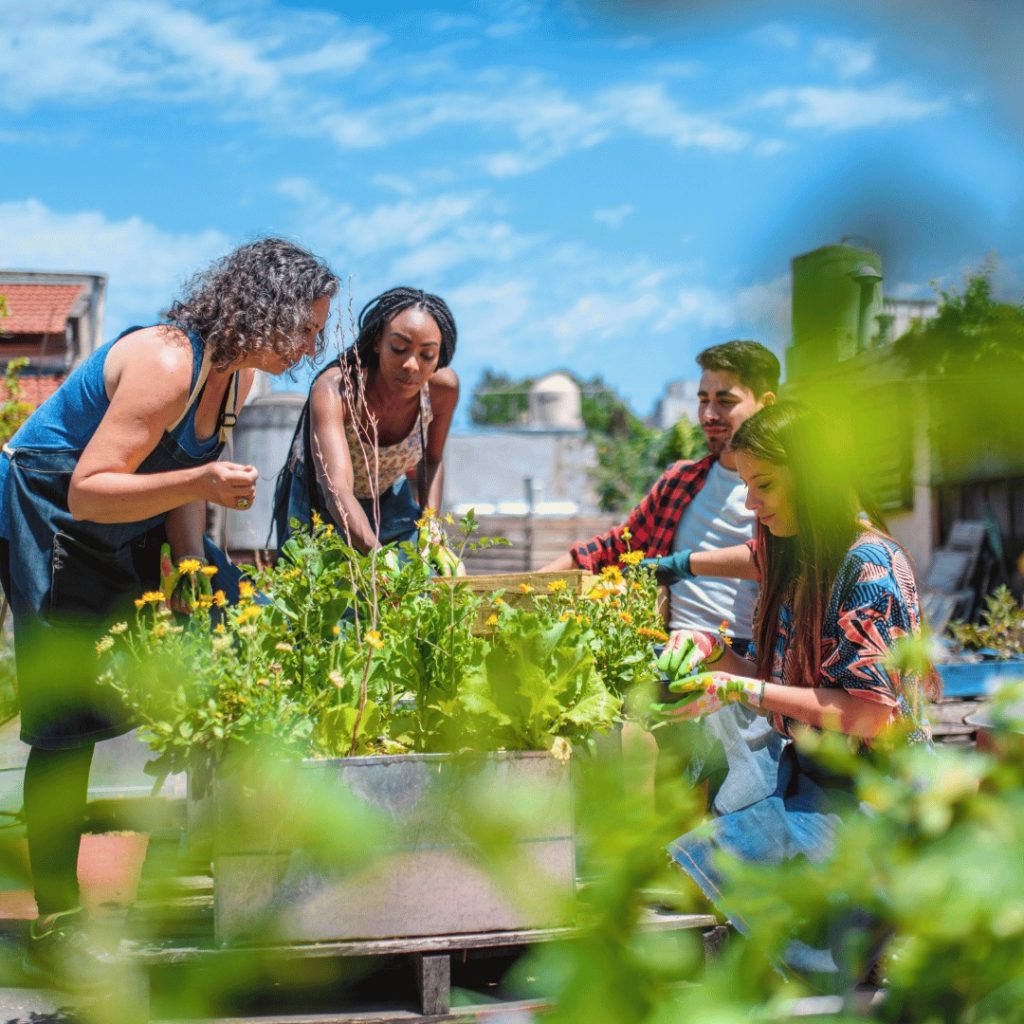
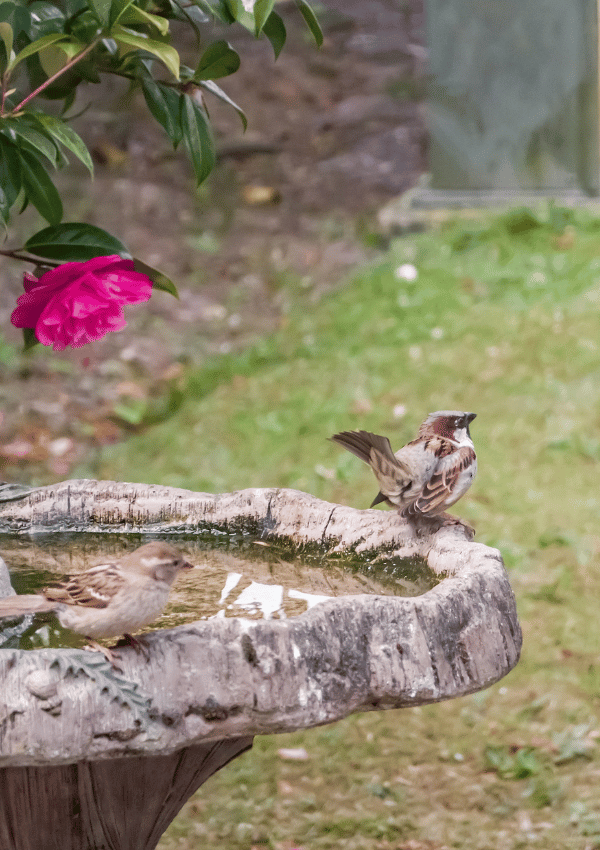
2) Are there any plants that are particularly beneficial for pollinators?
Absolutely! Many plants in the UK are highly beneficial for pollinators. Some examples include native wildflowers like foxgloves, bluebells, cornflowers, and red campion. Herbs such as lavender, thyme, rosemary, and borage are also attractive to pollinators.
Planting a diverse range of flowering plants that bloom throughout the seasons will ensure a continuous food source for pollinators in your garden.
3) How to attract birds to my garden?
The melodious tunes and vibrant colours of garden birds can bring joy to any outdoor space. During Garden Wildlife Week, take a moment to:
- Set up bird feeders and provide a variety of seeds to attract a diverse range of bird species.
- Provide fresh water in a birdbath or shallow dish.
- Create nesting spots by installing bird boxes or leaving natural nooks and crannies for birds to make their homes.
- Enhance the garden with native trees and shrubs that offer both food and shelter for birds.
4) What plants attract butterflies to the garden?
Step into a world of enchantment and encourage the captivating beauty of garden butterflies. Here’s how you can welcome them into your garden:
- Plant a colourful array of nectar-rich flowers like lavender, buddleia, and marigolds to entice butterflies.
- Provide specific host plants, such as milkweed for monarch butterflies, where they can lay their eggs and nurture their caterpillars.
- You could also create sunny resting spots by incorporating flat stones or basking areas where butterflies can soak up the warmth.
5) Which flowers attract bees?
Celebrate the essential role of bees as pollinators and guardians of our food system. Join the buzz by:
- Cultivate a bee-friendly garden with a diverse selection of flowering plants, including sunflowers, asters, salvias, and bee balm.
- Native wildflowers like poppies, foxgloves, and native grasses.
- Flowers that bloom in different seasons to provide a continuous food source for bees.
Avoid using harmful pesticides and opt for organic gardening practices to safeguard bees and their habitats. You can also provide a shallow water source, like a shallow dish with pebbles, to offer bees a place to drink and cool down.
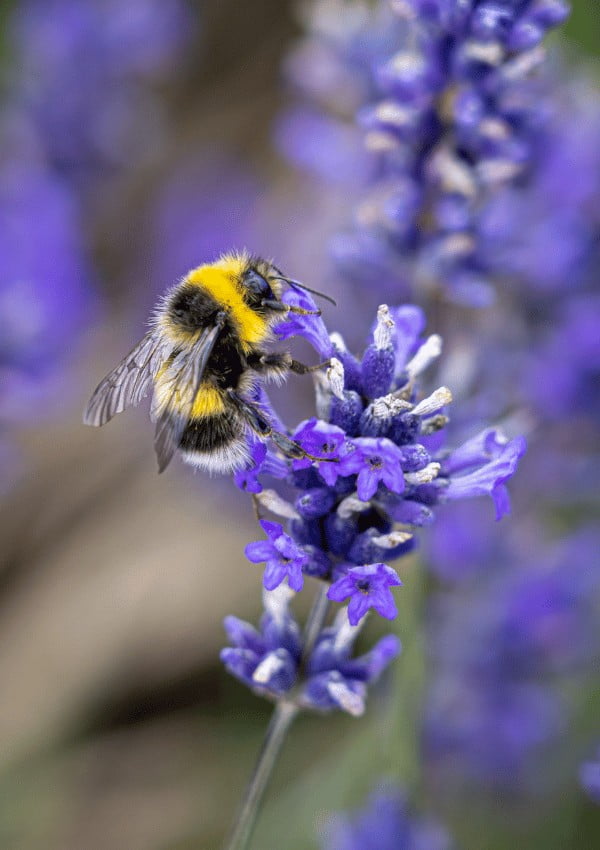
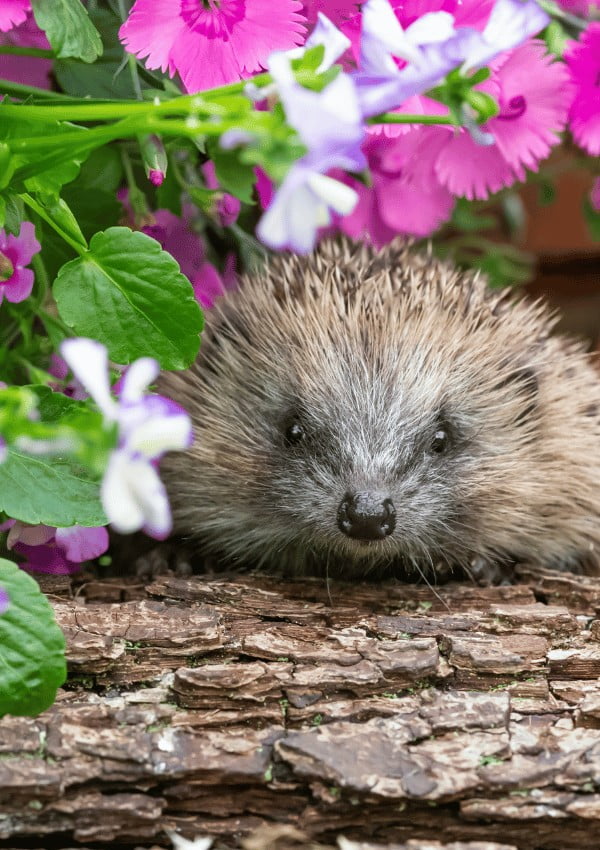
6) How to make a hedgehog-friendly garden?
Hedgehogs, with their prickly charm, are valuable allies in the garden, helping control pests and promoting a healthy ecosystem. Here’s how you can create a hedgehog-friendly haven:
- Leave patches of your garden wild and untidy, providing hedgehogs with shelter and safe spaces to hibernate.
- Avoid using slug pellets and other toxic chemicals that can harm hedgehogs and their food sources.
- Install hedgehog highways by creating small openings in fences or adding low-level gaps to allow hedgehogs to freely roam between gardens.
7) What are some low-maintenance plant options that still attract wildlife to the garden?
If you prefer low-maintenance plant options that attract wildlife, consider native species that thrive in the UK with minimal care.
Native grasses like tufted hairgrass and Yorkshire fog provide habitat for insects and small mammals. Perennial flowers like purple coneflower, yarrow, and oxeye daisy are not only low maintenance but also attract bees and butterflies. Shrubs such as hazel, holly, and guelder rose provide berries and shelter for birds while requiring minimal attention.
8) What are some native plants for wildlife gardening?
Enhance your garden’s biodiversity by embracing wildlife-friendly gardening practices:
- Incorporate native plants that provide food, shelter, and nectar for a wide range of wildlife. Choose from native wildflowers, grasses, and trees like poppies, foxgloves, native grasses, and oak trees.
You could also include:
- Native wildflowers like poppies, black-eyed Susans, purple coneflowers, and goldenrod.
- Native grasses such as switchgrass and little bluestem, which provide shelter for small mammals, birds, and insects.
- Native trees and shrubs like oak, birch, dogwood, and elderberry, which offer food sources, nesting sites, and protection for wildlife.
Make sure to also create a water feature, such as a small pond or birdbath, to attract various species and provide a refreshing oasis. We recommend limiting the use of chemicals and pesticides to protect the delicate balance of your garden’s ecosystem.
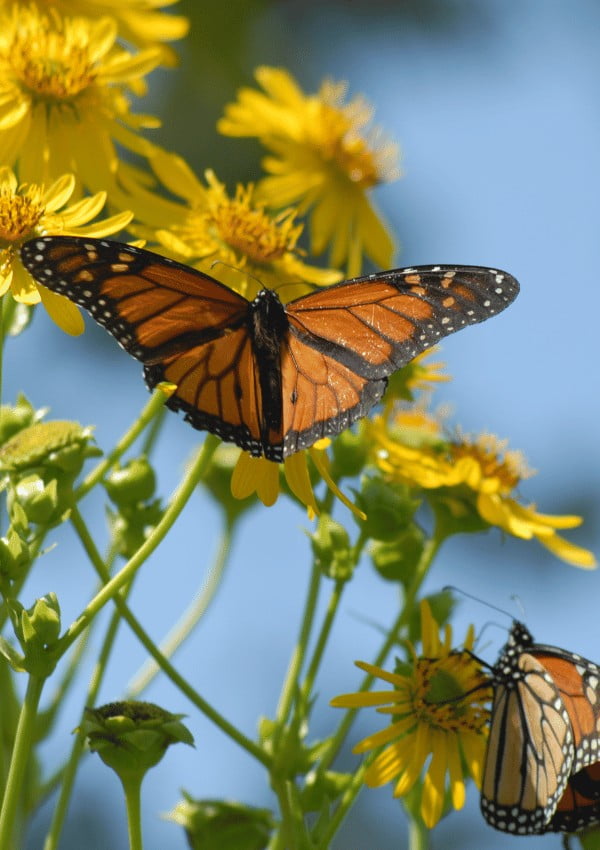
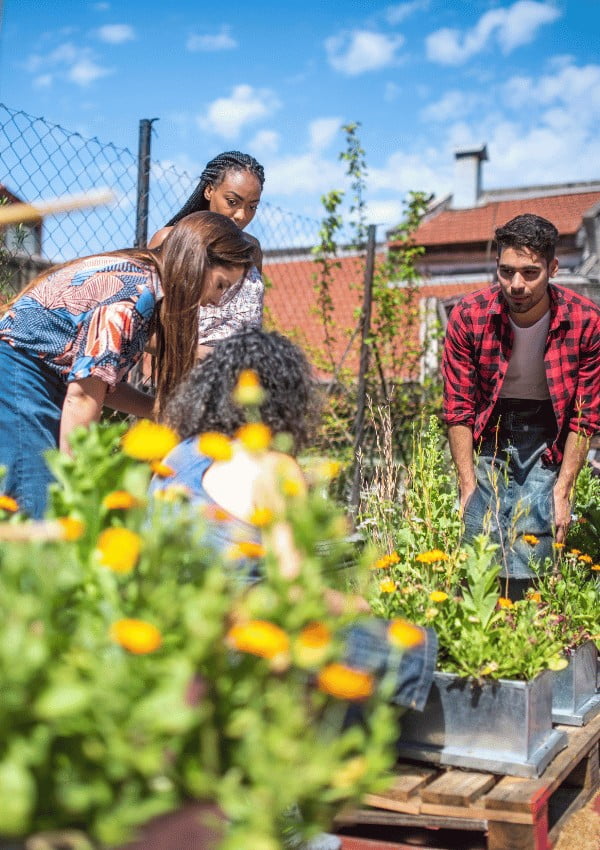
Mark also mentioned No Mow May to us, but what is No Mow May?
No Mow May is an exciting movement that encourages homeowners and gardeners to let their lawns grow freely without mowing them during the entire month of May. By abstaining from mowing, we give nature a chance to thrive as wildflowers, native grasses, and other plants bloom and provide essential habitats for pollinators like bees and butterflies. This initiative not only creates stunning visual displays but also contributes to the preservation of biodiversity and supports the health of our ecosystems.
To learn more from Mark, you can find them or one of their helpful colleagues in the store, situated on the 3rd floor in Afflecks Palace. You can also head over to our Instagram or Facebook page to see what products they can recommend, and other neat tips to create a thriving garden for wildlife.
As Garden Wildlife Week unfolds, let’s celebrate the magic and diversity of the natural world in our very own gardens. By making small changes and embracing wildlife-friendly practices, we can create thriving habitats for birds, butterflies, bees, and hedgehogs. Remember, creating a garden that welcomes and supports wildlife requires a combination of food sources, water, shelter, and the right plants.
Let this week serve as a reminder that our gardens hold the power to support and preserve the wonders of wildlife. Together, let’s embark on a journey to protect and cherish the rich tapestry of British garden wildlife.
Happy Garden Wildlife Week!
Celebrating Garden Wildlife Week in the UK: Some advice from our local plant expert at City & Bloom Manchester
It's Garden Wildlife Week in the UK, a time to...
Read MoreTop Gardening Tips for a Full Bloom this Summer!
Here are some tips and seasonal plants that will help...
Read MoreHow to transform your summer house into a garden office – Step by step
Escape Distractions, Embrace Productivity: Experience the ultimate escape from everyday...
Read MoreThe best summer house furniture ideas from Desser & Co experts
Spring and summer are a wonderful time to relax and...
Read More
